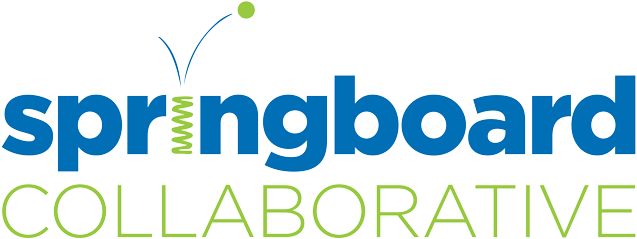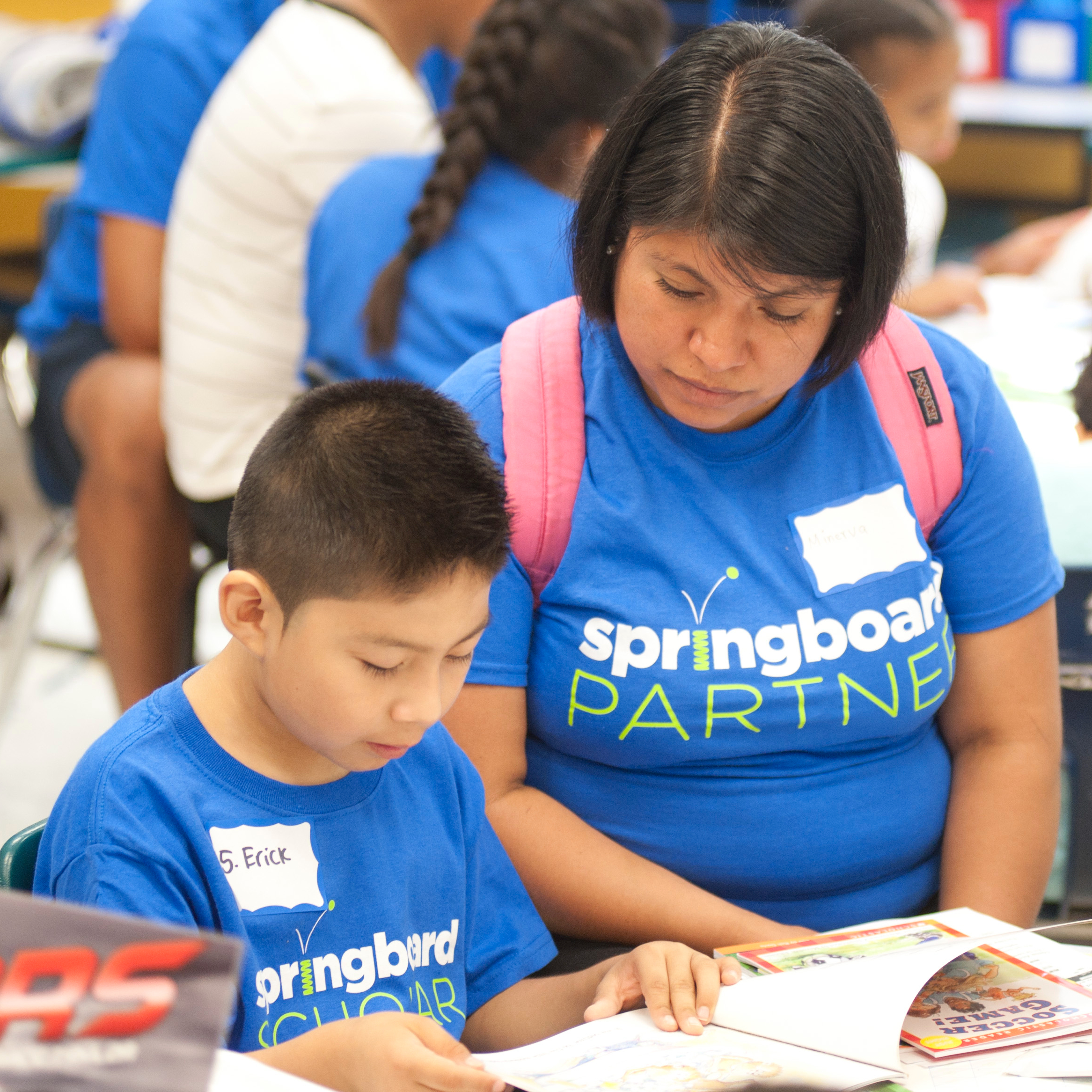Do you remember when your child lost their first tooth? That proud, lopsided grin of a child who has finally lost that first, wiggly tooth? They see themselves as one of the “big kids.”
Just like losing their first tooth or learning how to zip up their own coat, grade-schoolers are eager to see themselves as readers. Learning to read effectively, however, can take a few years. Along the way, we can help children, who hunger for success, to see themselves as readers from the moment they put their first words together.
If you’ve participated in a Springboard program, then you know how the Family-Educator Learning Accelerator (FELA) framework can help students reach reading goals. (If you haven’t yet enrolled in a Springboard program, you can watch a video about the FELA framework here:
But following the FELA framework also helps children gain reading confidence. Through setting and reaching a small, doable reading goal, your child begins to see themselves as a reader. You don’t need to be enrolled in an official Springboard program to use this framework. You can start your own modified FELA, today!
Step 1
The first step is to build your team. Decide who is going to be helping your child reach their reading goals and how long you’re going to work on the goal together. Enlist the help of your child’s reading teacher by sending a quick text or email. You might say something like: “Luis and I want to really focus on reading for the next month. Can we have a quick conversation about what you think would be most useful for us to do at home?”
We suggest 4 weeks. Any shorter than that and it will be hard to see success. Any longer than that it will be hard to maintain your focus. Make yourself a calendar or visual to help you keep track of your goal.
Step 2
Decide what your goal is going to be. Learning to read is a complicated process and it can seem overwhelming. Families in the Springboard program have found success by focusing on one part of the reading process. So discuss with your child:
-When you are reading, do you find it hard to concentrate? If the answer is yes, maybe we should set a goal to help us enjoy and engage with reading.
-When you are reading, do you understand what you are reading? If the answer is no, maybe we should set a goal to work on understanding the story.
-When you are reading, do you know what to do when you come to a word you don’t know by sight? If the answer is no, maybe we should set a goal to work on figuring out the word. Note—this is often the place young readers need the most support.
-When you are reading aloud, do you read with expression and at a natural pace and rhythm? If the answer is no, maybe we should set a goal to work on sounding like a storyteller.
This is also a great place to ask your child’s teacher to recommend a focus. They can tell you what your child is working on in reading class.
Step 3
After you’ve decided on what skill to focus on, create a reading plan. What small thing are you going to do every day to work on the skill you decided to focus on in Step 2? This is another time when your child’s teacher could be helpful.
Step 4
Alright—now comes the most important part: Practice, practice, practice. For +/-4 weeks, your child is going to read on their own and read with an adult daily. Each time they read, they are going to focus on the reading skill and plan. You may change up how you focus on the reading skill, but don’t change the reading skill focus. Small and steady wins the race!
Step 5
After 4 weeks, it’s time to celebrate! Take a moment to pause and help your child name the ways their reading has improved. Any small victory is worthy of a celebration. Remind your child that learning to read well is a process, but seeing themselves as a reader is something they can do today.
For more reading tips and program updates, follow us on Facebook or Instagram!

